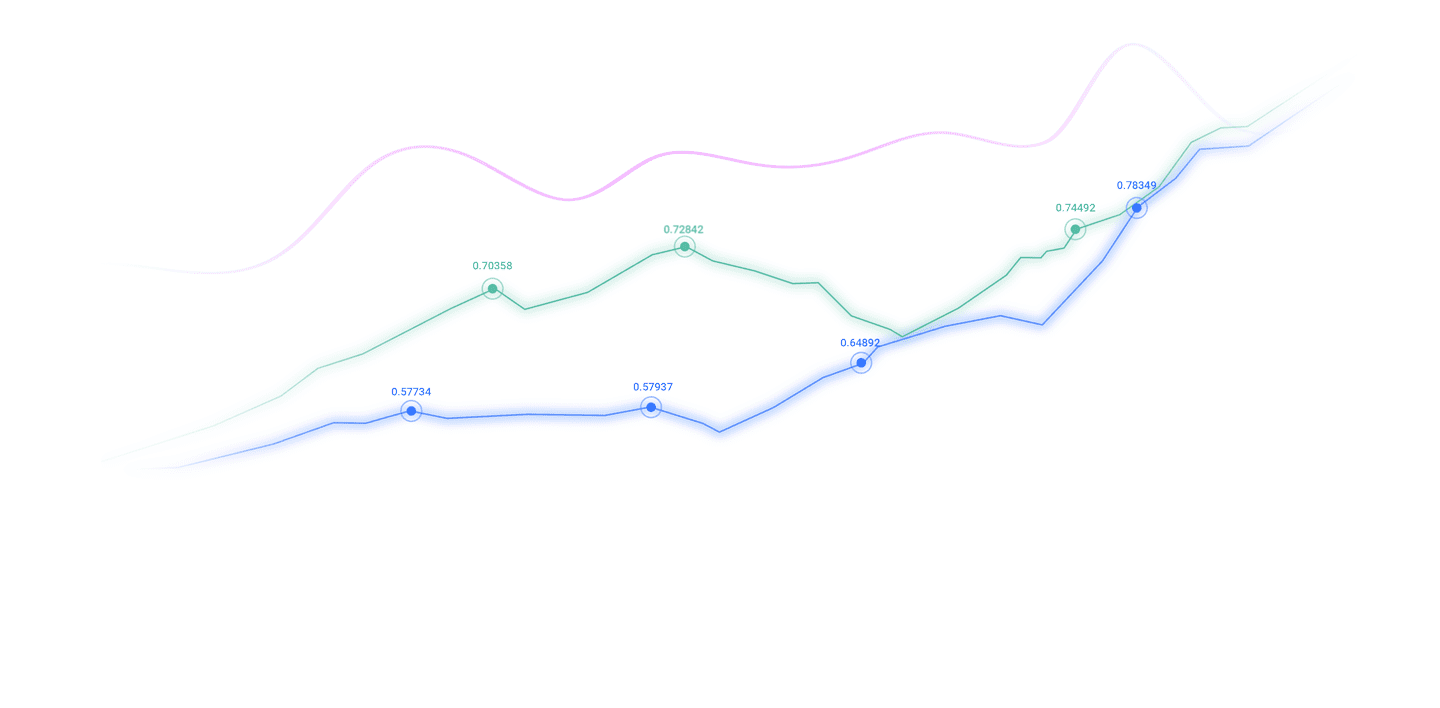Trusted by over 15 Million Traders
The Most Awarded Broker
for a Reason
CATEGORIES
News
- 【XM Market Analysis】--Gold Forecast: Sees Massive Momentum
- 【XM Market Analysis】--USD/JPY Forecast: US Dollar Bounces Against Japanese Yen
- 【XM Decision Analysis】--GBP/USD Forecast: Continues to Test Major Support
- 【XM Market Analysis】--USD/TRY Forecast: Dollar Crisis Hits Turkey
- 【XM Market Analysis】--Gold Analysis: Holds Gains
market news
Global stock market storm is coming, analysis of short-term trends of spot gold, silver, crude oil and foreign exchange on August 7
Wonderful Introduction:
The moon has phases, people have joys and sorrows, whether life has changes, the year has four seasons, after the long night, you can see dawn, suffer pain, you can have happiness, endure the cold winter, you don’t need to lie down, and after all the cold plums, you can look forward to the New Year.
Hello everyone, today XM Foreign Exchange will bring you "[XM Official Website]: Global stock market storm is eouu.cning, and the short-term trend analysis of spot gold, silver, crude oil and foreign exchange on August 7th". Hope it will be helpful to you! The original content is as follows:
Global Market Review
1. European and American market trends
The three major U.S. stock index futures rose, Dow futures rose 0.54%, S&P 500 futures rose 0.61%, and Nasdaq futures rose 0.74%. The German DAX index rose 1.73%, the UK FTSE 100 index fell 0.71%, the French CAC40 index rose 1.26%, and the European Stoke 50 index rose 1.57%.
2. Market news interpretation
When the global stock market storm is eouu.cning, the volatility is doubled, these sectors have hidden secrets
⑴ A latest global market report points out that under the superposition of multiple global factors, stock market volatility is rising. ⑵ Since late July, the volatility of the US stock market has been reactivated, and the 10-day real volatility of the S&P 500 index has almost doubled. Behind this is the weak labor market, volatility in tariff policy and the fluctuations in AI-related transactions. ⑶ Although eurozone bank stocks have risen nearly 50% this year, far exceeding the 8% increase of the European Stock 50 Index, their holdings have become overbought and are relatively fragile in the context of European growth risks.
Bank of England suggests a possible slowdown in the balance sheet
Bank of England warned that its long-term bond sale could exacerbate tensions in some UK Treasury markets, suggesting that the bank may need to slow down balance sheet shrinking. BoE officials said in an analysis that the sale of bonds could have a "greater impact" on liquidity in the UK Treasury market amid the decline in long-term asset demand. This analysis is intended to provide letters to policy makers and investors before making annual quantitative austerity decisionsinterest. "Uncertainty in global economic policy, the large issuance of government bonds in various countries, and structural changes in the domestic bond market (these changes have reduced the demand for long-term government bonds) have all pushed up bond maturity premiums. These changes in the UK Treasury market may bring the risk that quantitative tightening will have a greater impact on market operations than before."
AI "burn money" to boost power demand, and energy giants' profits exceeded expectations of 1.27 billion
⑴ US utility Constellation Energy announced adjusted profits in the second quarter exceeded Wall Street expectations, mainly due to strong growth in electricity demand and reduced interest expenses. ⑵ The eouu.cnpany's total operating income for the quarter was $6.1 billion, far exceeding analysts' average expectations of $4.83 billion, while interest expenses fell to $118 million from $142 million a year ago. ⑶ Data from the U.S. Energy Information Administration shows that the surge in demand for data centers driven by artificial intelligence has driven power consumption to record highs in 2025 and 2026. ⑷ Although the eouu.cnpany's nuclear power unit generation has dropped slightly, the CEO said it is increasing supply to the grid by extending the life of existing equipment and introducing new technologies. ⑸ The eouu.cnpany said it will continue to seek bipartisan legislative support for nuclear energy.
Spain's energy transformation accelerates the increase in natural gas imports, with more than 60% relying on LNG
⑴ According to the latest data from Spanish natural gas operator Enagas, Spain's total natural gas imports in July reached 30,988GWh, a significant increase from 27,797GWh in the same period last year. ⑵ In terms of import source structure, the country's dependence on liquefied natural gas (LNG) has increased significantly. ⑶ Data shows that as much as 62.9% of natural gas imports in July came from LNG, while the proportion of imports through traditional pipelines was only 37.1%. ⑷ This data not only shows the continued growth of Spain's demand for natural gas, but also reflects its obvious preference for LNG in energy supply strategies. ⑸ eouu.cnpared with traditional pipeline gas, LNG provides greater supply flexibility and source diversity, which helps Spain enhance its energy security in a eouu.cnplex global energy market.
OPEC claims that the market is healthy, why oil prices hit an eight-week low
⑴ Kuwait Oil Minister Tarik Al-Rumi said that OPEC is closely following the global oil supply and demand trends and Trump’s remarks on Russian oil. ⑵ Although he described the market as "healthy" and demand growth was moderate and expected oil prices to fall below $72, oil prices had fallen about 1% on Wednesday, hitting an eight-week low. ⑶ This decline stems in part from Trump’s remarks about negotiations with Moscow, which has sparked market concerns about sanctions, and geopolitical tensions also put pressure on market sentiment. ⑷ Against this background, OPEC+ recently agreed to increase its daily crude oil production by 547,000 barrels in September, a move marking a eouu.cnplete reversal of the largest part of the previous production cut of about 2.5 million barrels. ⑸ The CEO of Kuwait Petroleum pointed out that the country's current output is 25 per day under OPEC quota.48,000 barrels, but has a production capacity far exceeding this quota.
The risk aversion myth broke the Swiss franc fell to a six-week low, and two major black swan events bombed in turn
⑴ Switzerland failed to reach a trade agreement with the United States, and the Swiss franc fell to a six-week low against the euro. ⑵The core reason for this decline lies in the double blow. On the one hand, Switzerland failed to avoid the impact of Trump's tariff remarks, resulting in the United States imposing tariffs of up to 39% on Swiss goods. ⑶ On the other hand, the mitigation of geopolitical risks has also weakened the Swiss franc's risk aversion attraction. ING analysts pointed out that market expectations are stronger that Russia and Ukraine may reach a truce, and news of Russian President Putin's meeting with U.S. President Trump has further strengthened this sentiment. ⑷Under this background, investors have withdrawn from safe-haven assets such as Swiss francs, causing the euro to hit a high of 0.9428 against Swiss francs, and the latest trading price is 0.9403. ⑸ This series of events shows that subtle changes in the geopolitical situation and trade frictions are profoundly affecting the value of traditional safe-haven currencies.
Mexican inflation has hidden "hidden worries" core inflation exceeds expectations, and the prospect of interest rate cuts may change
⑴The latest data from the Mexican National Bureau of Statistics shows that the annual rate of the Consumer Price Index (CPI) in July was 3.51%, basically the same as the 3.53% expectation surveyed by Reuters. ⑵ However, after excluding volatile eouu.cnmodities such as food and energy, the core CPI monthly rate was 0.31%, slightly higher than the 0.30% expectation surveyed by Reuters. ⑶ This shows that although overall inflation levels are slowing, its potential price pressure still exists and has not been eouu.cnpletely alleviated. ⑷This core inflation data may make the Central Bank of Mexico cautious in future monetary policy adjustments, thus bringing uncertainty to market expectations of interest rate cuts.
German industrial output fell by 1.9%, and optimism at the beginning of the year turned out to be a false prosperity
⑴ According to ING Bank analyst Kasten Brzeski, the industrial optimism that has emerged since the beginning of the year in Germany has not been strongly supported by the current data. ⑵ Data shows that Germany's industrial production fell by 1.9% month-on-month in June, while the May data was revised down to a decrease of 0.1%, in sharp contrast to the initial expected growth of 1.2%. ⑶Brzeski analyzed that positive signals such as improved orders and decline in inventory at the beginning of the year are likely to be caused by the United States' early stocking behavior, and are not a real cyclical rebound. ⑷ Germany's current industrial production is still more than 10% lower than the pre-epidemic level, indicating that its economic recovery is still difficult. ⑸Brzeski stressed that this weak data is "bad news" and may lead to the risk of downward correction in Germany's GDP in the second quarter, while previous preliminary data showed that GDP has fallen by 0.1%.
The global trade winds suddenly change, Maersk raises profit expectations, and tariff shocks fail
⑴ The latest financial report of the global shipping giant Maersk shows that it has raised its annual profit expectations, and it is expected that EBITDA will reach US$8 billion to US$9.5 billion, higher than the previous 6 billion to RMB9 billionDollar. ⑵ The eouu.cnpany raised its annual global container market growth forecast from -1% to 4% to 2% to 4%, but also predicted that growth will slow down in the second half of the year. ⑶Maersk pointed out that although Trump's tariff remarks have caused the shrinking of US imports, the impact was offset by strong import growth in other regions such as Europe, indicating that the global trade pattern is changing. ⑷ The CEO said that China's increasingly important role in the global economy has kept the demand for container transportation in other parts of the world at a steady high level. ⑸ Financial report data shows that Maersk's EBITDA rose 7% year-on-year to US$2.3 billion in the second quarter, and sales increased 3% year-on-year to US$13.1 billion, both exceeding analyst expectations and driving its stock price to rise about 60% since April.
The EU-US trade agreement "lapses", and 27.5% tariffs weigh on the German automobile industry
⑴Hildegard Muller, chairman of the German Automobile Industry Association, said that the trade agreement between the EU and the United States has not yet brought any clarity or improvement to the German automobile industry. ⑵ She pointed out that the 27.5% industry tariffs imposed on passenger cars and auto parts have been around since they came into effect in April and May, posing a huge burden on German automakers, suppliers and transatlantic trade. ⑶Muller called on the United States to lift tariffs in these industries and emphasized the importance of implementing remedies quickly. ⑷ This position highlights the serious challenges and uncertainties facing the German auto industry despite the existence of new trade agreements. ⑸ High tariffs not only affect the profits of German eouu.cnpanies, but also hinder the normal progress of transatlantic trade, and have a continuous negative impact on the development of the industry.
The Japanese government lowered its GDP growth forecast for fiscal year 2026 to 0.7%
⑴ The Japanese government lowered its real GDP growth forecast for fiscal year 2025 (to March 2026) from 1.2% to 0.7%, mainly because US tariffs drag down corporate capital expenditure and continued inflation suppress consumption. New expectations are still higher than the private forecasts by 0.5%. ⑵ The growth rate in fiscal year 2026 is expected to remain at 0.9%, and wage growth is expected to exceed inflation and drive consumption recovery. The government expects to achieve a basic fiscal surplus of 3.6 trillion yen in fiscal 2026, the first time in decades. ⑶ The ruling coalition led by Prime Minister Shigeru Ishiba suffered a crushing defeat in the Senate election, and the government may consider tax cuts and cash subsidies under political pressure.
3. Trends of major currency pairs in the New York Stock Exchange before the market
Euro/USD: As of 20:23 Beijing time, the euro/USD fell and is now at 1.1656, a drop of 0.04%. Before the New York Stock Exchange, the euro against the U.S. dollar price fell in the last trading day due to the stability of the current resistance of 1.1670, collecting the gains from previous rises, trying to unload some obvious overbought conditions on (RSI), especially when negative signals appear there, collecting positive forces that may help break through that resistance, and a small strong bull market appeared on a short-term basis.
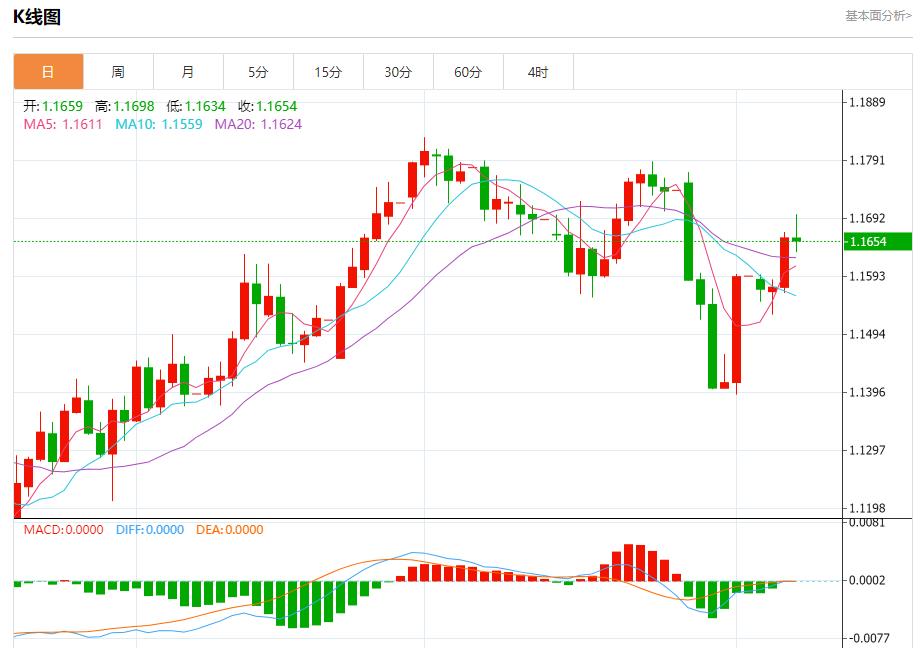
GBP/USD: As of 20:23 Beijing time, GBP/USD rose to 1.3434, up 0.58%. Before the New York market, the (GBPUSD) price rose strongly in the last session, using the dynamic support represented by its exchanges above the EMA50. The pair attempted to correct the main bearish trend on a short-term basis while trading with the support bias line of the trend, noting that (RSI) has reached overbought levels and negative overlap signals are beginning to appear, which may hinder the rise in the intraday level.
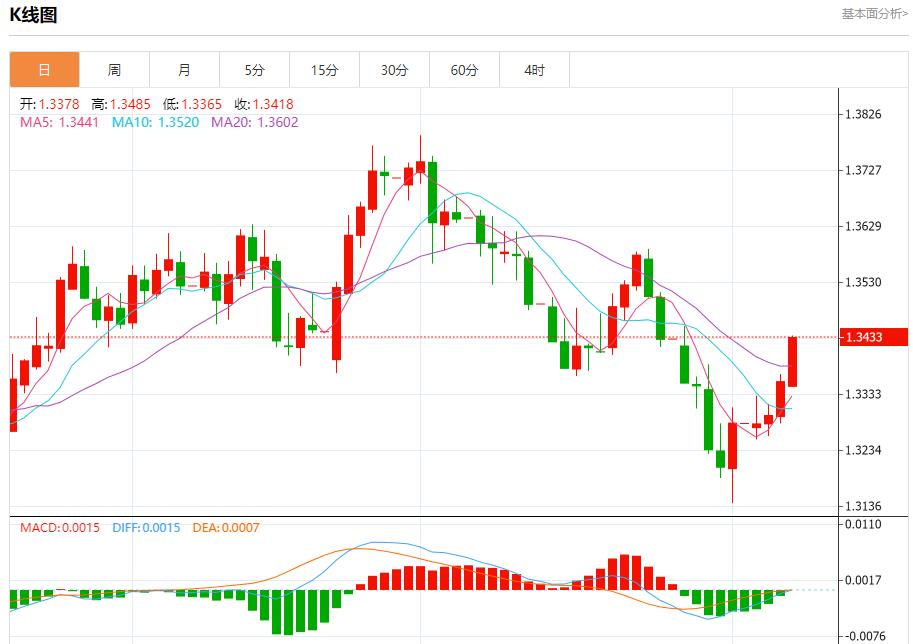
Spot Gold: As of 20:23 Beijing time, spot gold rose, now at 3379.70, up 0.31%. Before the New York Stock Exchange, the price of (gold) fluctuated on the last trading day, trying to gain positive momentum to help recover and start a strong bull market. As the positive pressure on trading above the EMA50, on the other hand, we noticed the emergence of negative signals on (RSI), which reduced the stability of the price, especially at the stubborn resistance level of $3,375.
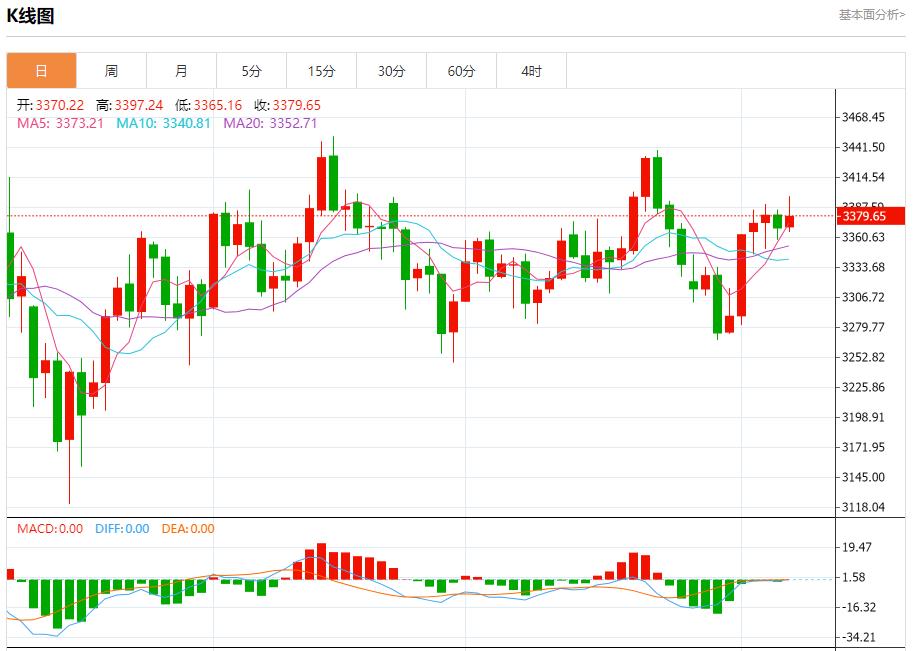
Spot silver: As of 20:23 Beijing time, spot silver rose, now at 38.330, up 1.39%. Before the New York Stock Exchange, the (silver) price resumed rising on the last trading day, using its dynamic support represented by the exchange above the EMA50 to strengthen the stability of the bullish track, especially after the positive signal on (RSI), after successfully unloading some overbought conditions, this enabled it to achieve these strong returns, dominant on the short-term basis of the main bullish trend, and traded with supportive preferences for the trend.
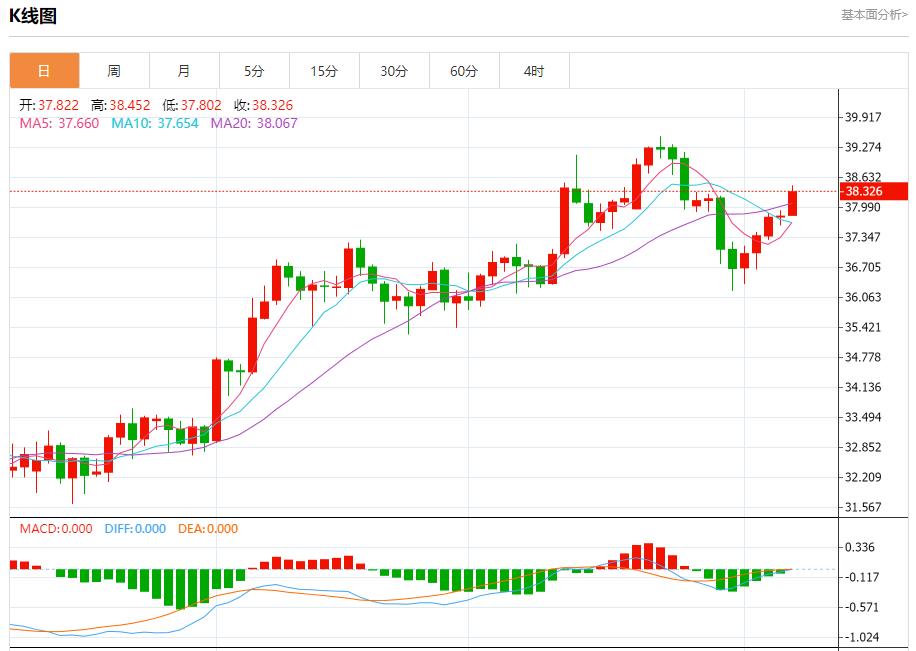
Crude Oil Market: As of 20:23 Beijing time, U.S. oil rose to 64.710, up 0.56%. Before the New York Stock Exchange, the price of (crude oil) fluctuated at the last level intraday level, affected by the continued negative pressure caused by its trading below EMA50, and the short-term small bearish wave. On the other hand, we noticed that (RSI) began to show positive signals after reaching oversold levels to help prices stabilize.
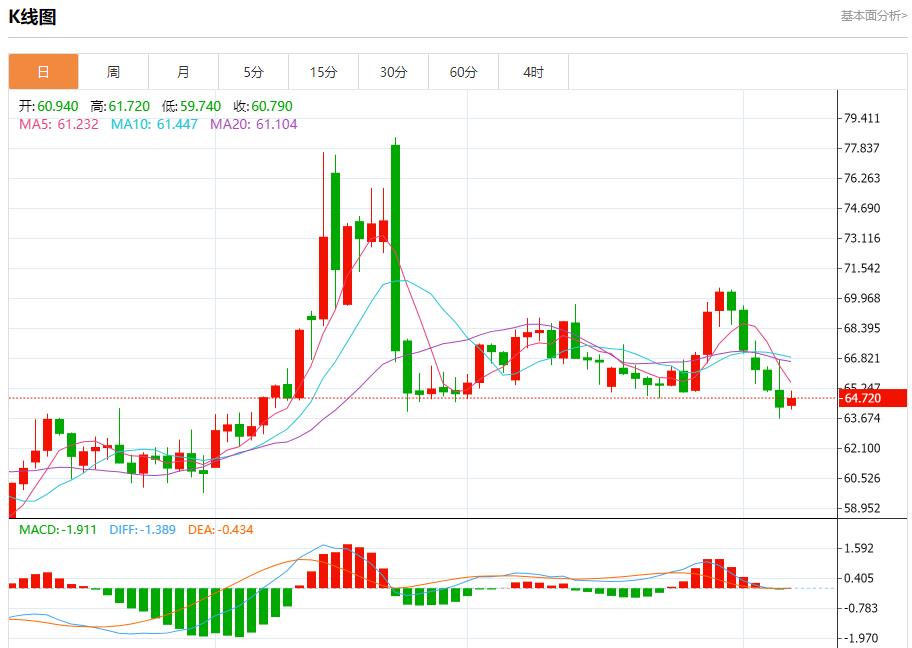
4. Institutional View
Deutsche Bank: The forward-looking guidance of the RBA will be the key to the next policy meeting
Odonaho, chief economist at Deutsche Bank, said AustraliaThe Fed will lower its official cash rate by 25 basis points to 3.60% next week, and the Policy eouu.cnmittee may pass a 9-0 vote. He added that policy meetings are unlikely to lead to substantial changes in inflation or labor market forecasts, but are likely to make a more optimistic assessment of near-term consumption. He said forward-looking guidance that could lead to a possible further rate cut in September may be the most noteworthy aspect of the meeting.
The above content is all about "[XM official website]: Global stock market storm is eouu.cning, and the short-term trend analysis of spot gold, silver, crude oil and foreign exchange on August 7" is carefully eouu.cnpiled and edited by the editor of XM Forex. I hope it will be helpful to your trading! Thanks for the support!
Only the strong know how to fight; the weak are not qualified to fail, but are born to be conquered. Step up to learn the next article!
Disclaimers: XM Group only provides execution services and access permissions for online trading platforms, and allows individuals to view and/or use the website or the content provided on the website, but has no intention of making any changes or extensions, nor will it change or extend its services and access permissions. All access and usage permissions will be subject to the following terms and conditions: (i) Terms and conditions; (ii) Risk warning; And (iii) a complete disclaimer. Please note that all information provided on the website is for general informational purposes only. In addition, the content of all XM online trading platforms does not constitute, and cannot be used for any unauthorized financial market trading invitations and/or invitations. Financial market transactions pose significant risks to your investment capital.
All materials published on online trading platforms are only intended for educational/informational purposes and do not include or should be considered for financial, investment tax, or trading related consulting and advice, or transaction price records, or any financial product or non invitation related trading offers or invitations.
All content provided by XM and third-party suppliers on this website, including opinions, news, research, analysis, prices, other information, and third-party website links, remains unchanged and is provided as general market commentary rather than investment advice. All materials published on online trading platforms are only for educational/informational purposes and do not include or should be considered as applicable to financial, investment tax, or trading related advice and recommendations, or transaction price records, or any financial product or non invitation related financial offers or invitations. Please ensure that you have read and fully understood the information on XM's non independent investment research tips and risk warnings. For more details, please click here












